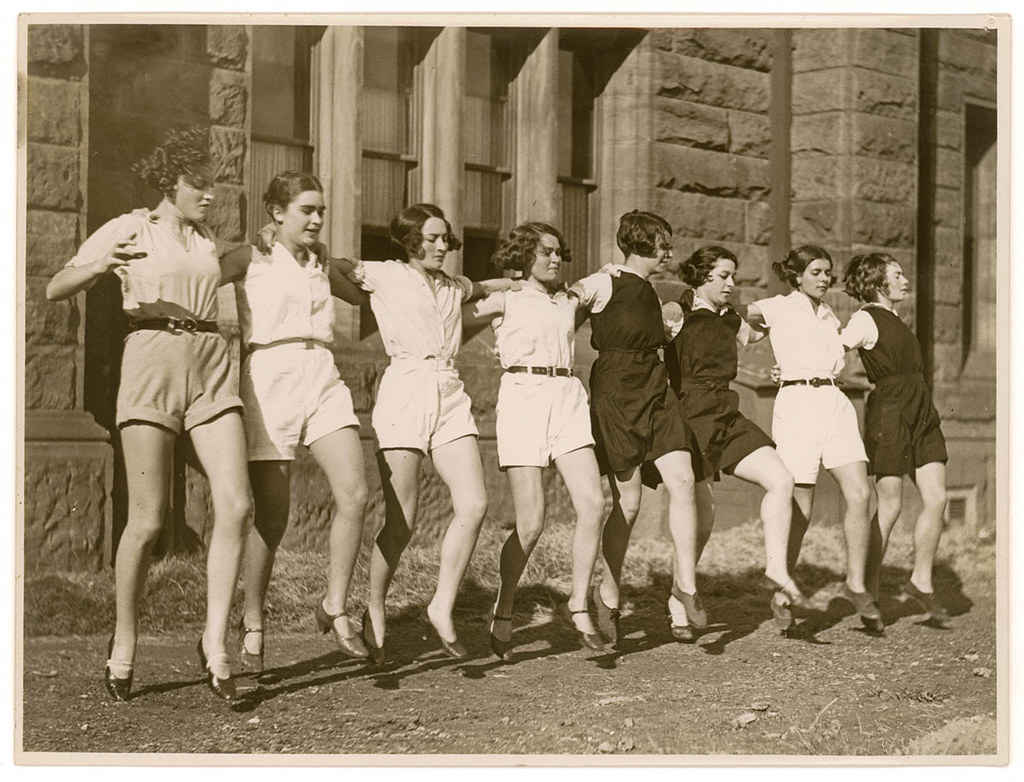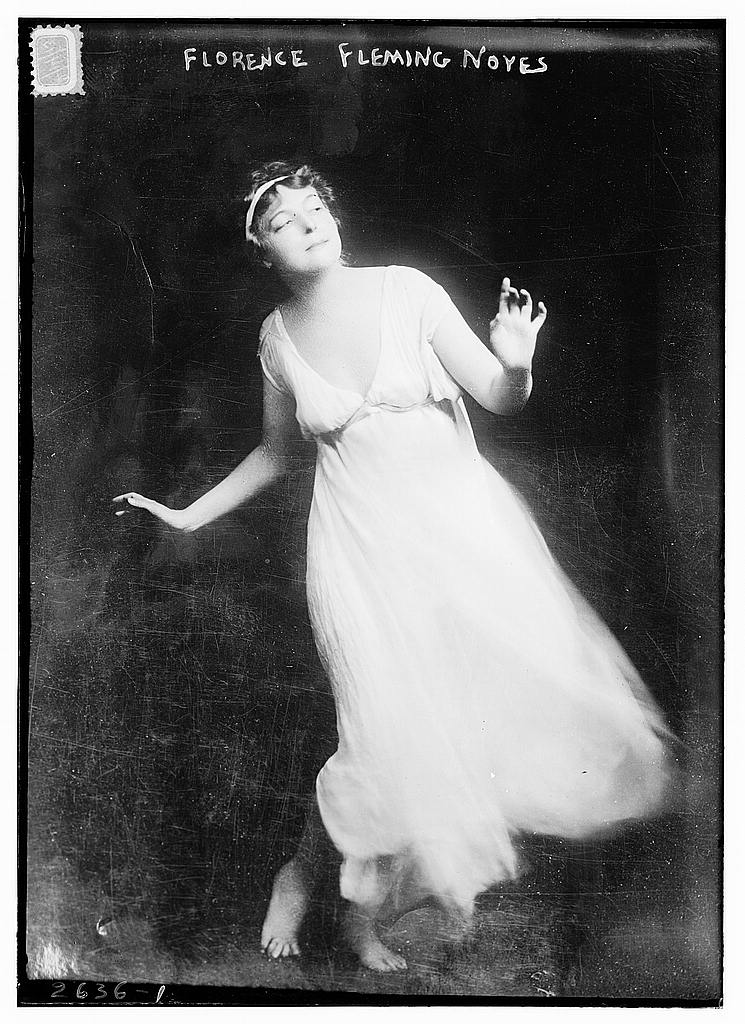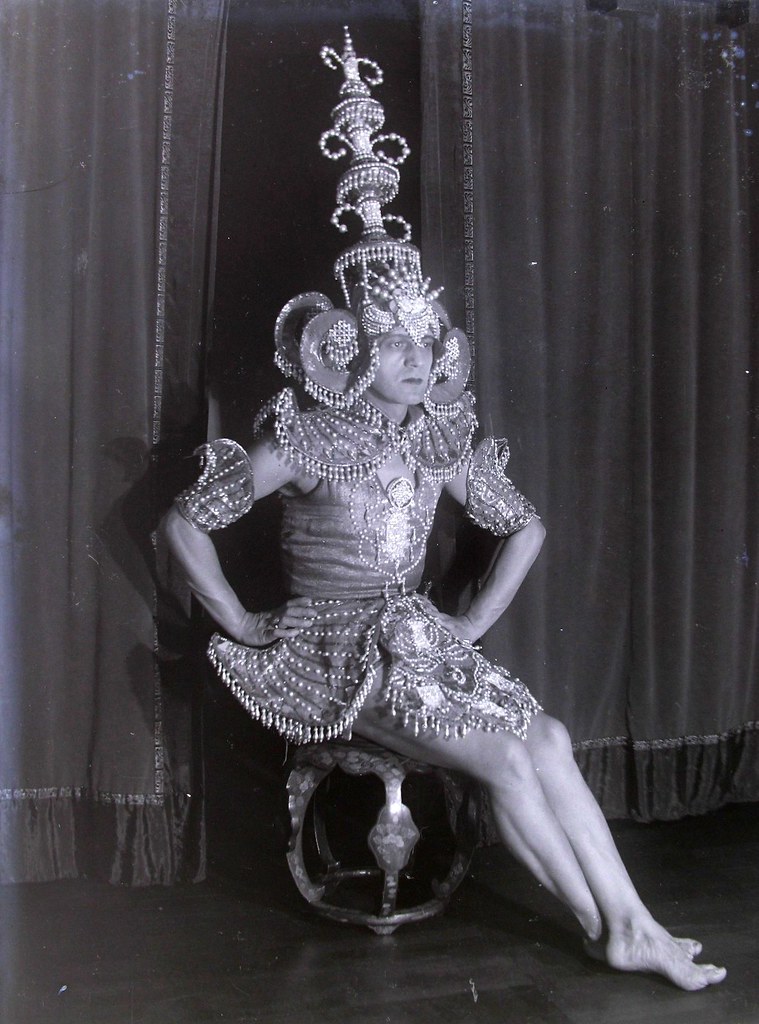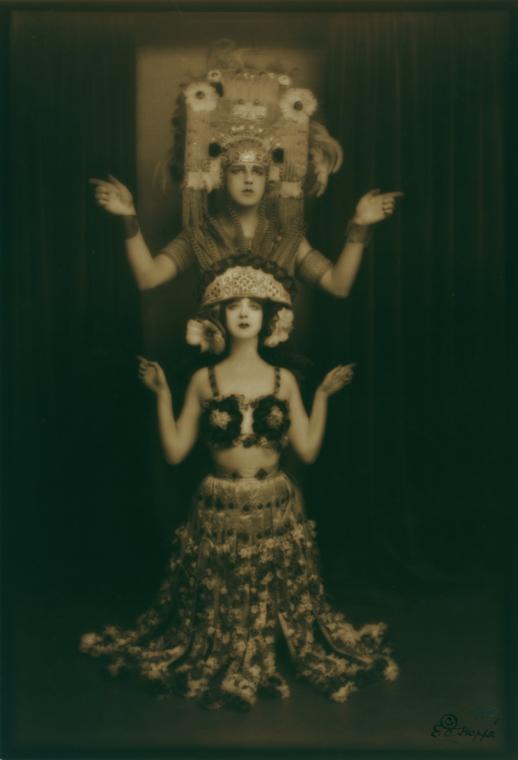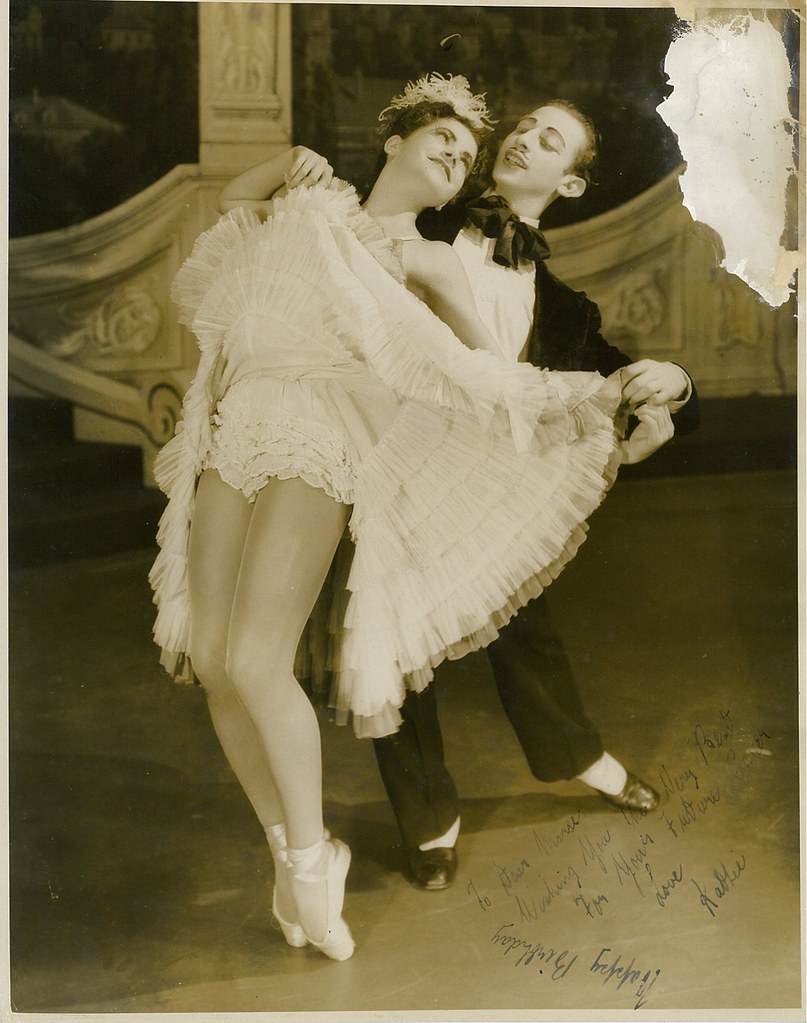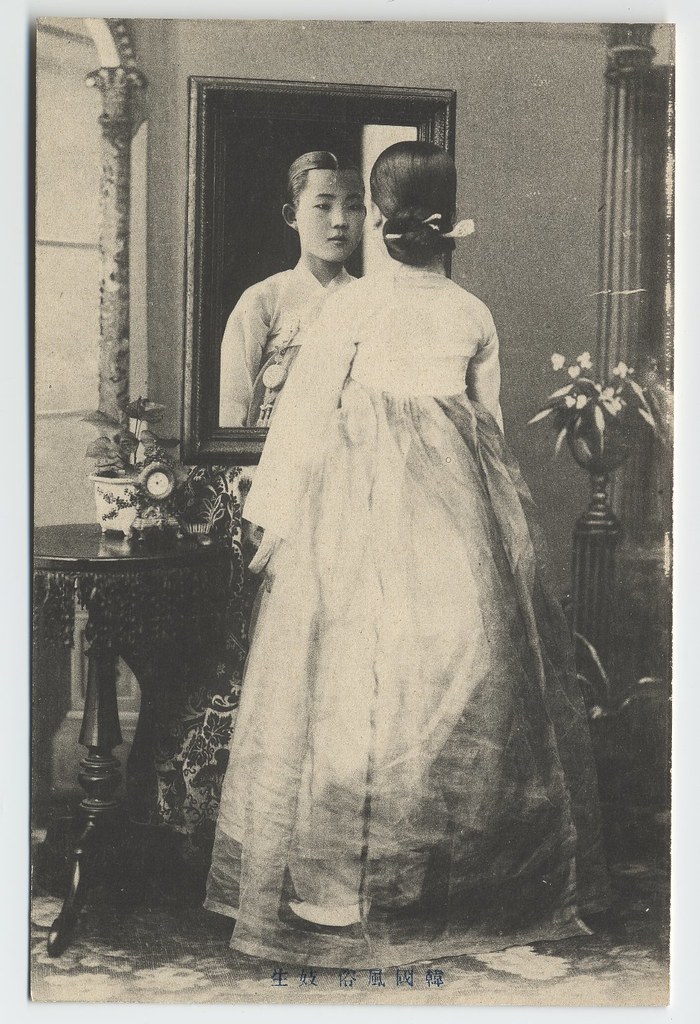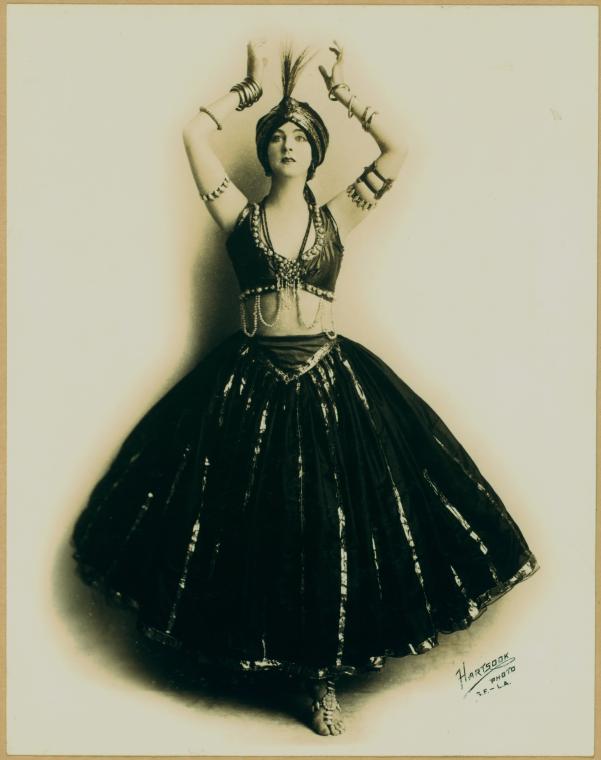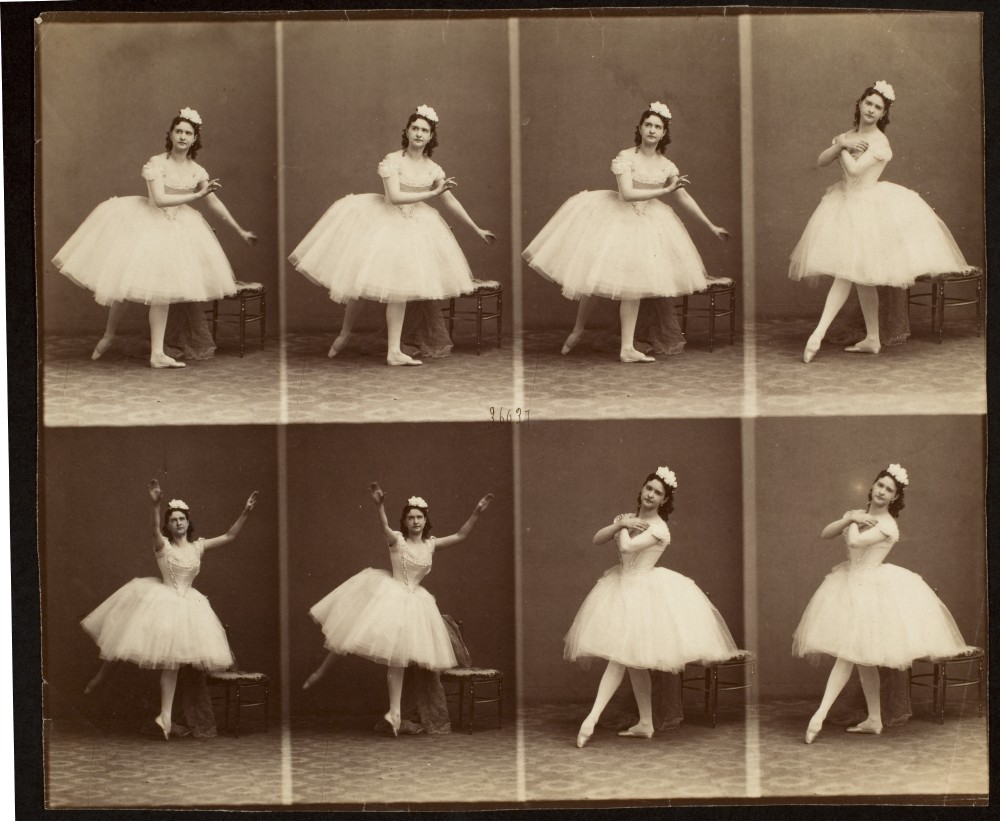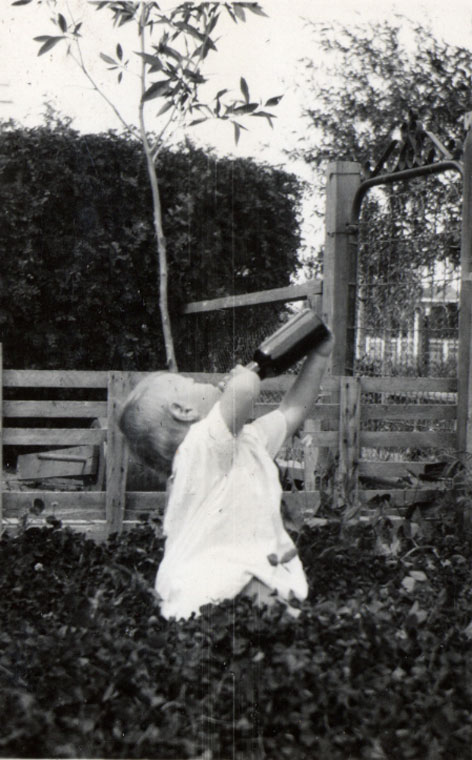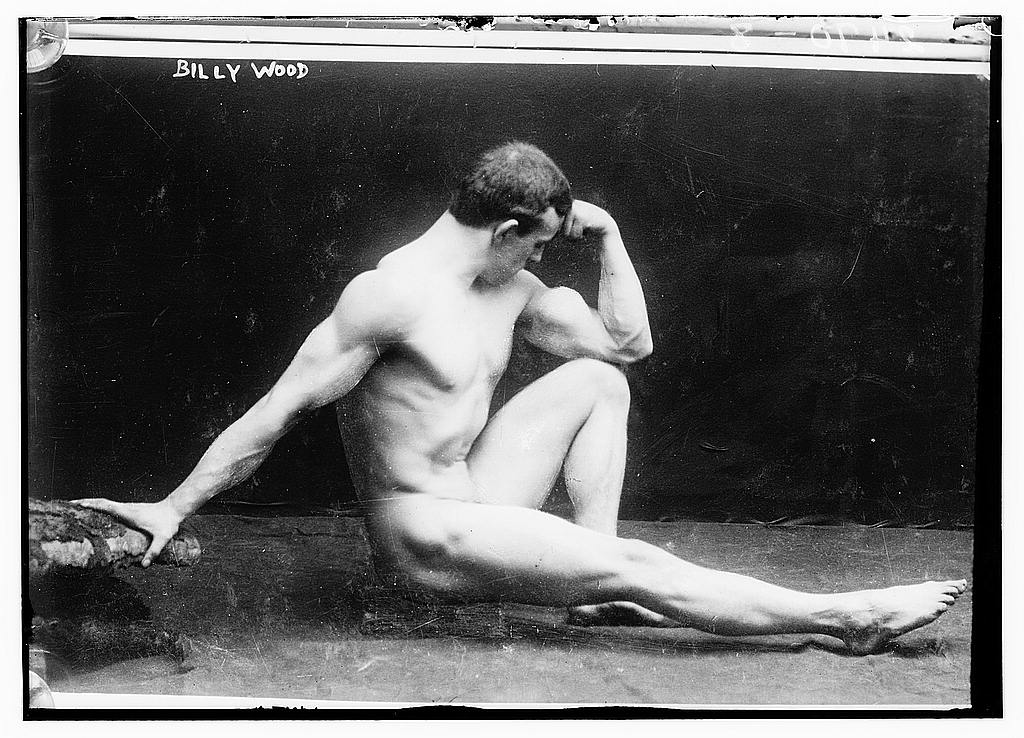 |
| Margaret Barr's 'Strange Children' ballet, State Library of New South Wales |
But I bet there's a lot about failure you don't know. What it really means, how you can use it to make you a better dancer, teacher, and performer. It all lies in the way you look at your failures.
To other people
Failure is something to be swept under the rug. You never speak of it, never learn from it, and if you fail it means you should never try again. Some people do their utmost just to avoid failure, including never trying to do something. How many times have you avoided taking a performance opportunity, or turned down a teaching gig because you were afraid of failing? How many times have you avoided a risky choreography or a new show idea because you were worried about people hating it?What failure will mean to you
Failure just means something that didn't work. Take another path. Try something different next time. It's not the be all and end all to your dance career, and you shouldn't let it be. Sure, there's people out there who will point out your failures and try to use them against you, but take a good hard look at what they've done, and I bet that they haven't even attempted half the things you have. As Princess Farhana has said, most people can't even leave a voicemail, let alone get on a stage and dance! Failure never has to mean the end of the road. It's just the option to go back and take another road.How does failure make you a better dancer?
I'm sure we've all seen the articles about famous people who failed their first time around. But how does that compare to your career as a dancer?It means you take more risks. Don't be afraid of trying something new on stage. Use that song you've been thinking about. Infuse those new salsa classes with your performance. Take that teaching position, even if you don't feel ready for it, or sign up to do that performance. Sure, you might fail, but you also might succeed. You could end up with new friends, a new dance gig, or at the very least, respect from those around you who are afraid to do what you just did.
I got my teaching job when the owner of a studio I once studied at called up to ask me if I could sub for a sick belly dance teacher. Teaching was on my horizon, but I didn't expect to go from a phone call to my first job as a teacher in 8 hours! In the last year, I've lost half my students who didn't like my style, but I've also kept two students who love dancing just as much as I do. They've progressed so much, and I've learned a lot about teaching on the way, and become a better dancer because of it. Sure, I failed in losing some of my students, but I succeeded in learning about what makes me a better teacher and dancer.
Don't be afraid to fail. It means you tried harder than everyone else around you, because you were willing to fail. If you never fail, you've never really danced.
